Management of dizziness. Comprehensive Guide to Dizziness: Causes, Evaluation, and Management Techniques
What are the common causes of dizziness. How is dizziness evaluated and managed. What role does the inner ear play in maintaining balance. What treatments are available for dizziness. How does vestibular rehabilitation help manage dizziness symptoms.
Understanding Dizziness: Symptoms and Impact
Dizziness is a widespread symptom that prompts many individuals to seek medical attention. The experience of dizziness can vary significantly from person to person. Some may feel a spinning or tilting sensation known as vertigo, while others might experience lightheadedness or a general sense of imbalance.
The impact of dizziness on an individual’s life can range from a minor inconvenience to a severely disabling condition. For some, it may be a fleeting nuisance, while others find themselves unable to perform daily activities such as working, driving, or socializing due to their symptoms.
How does dizziness affect quality of life?
The effects of dizziness on quality of life can be profound. Persistent dizziness may lead to:
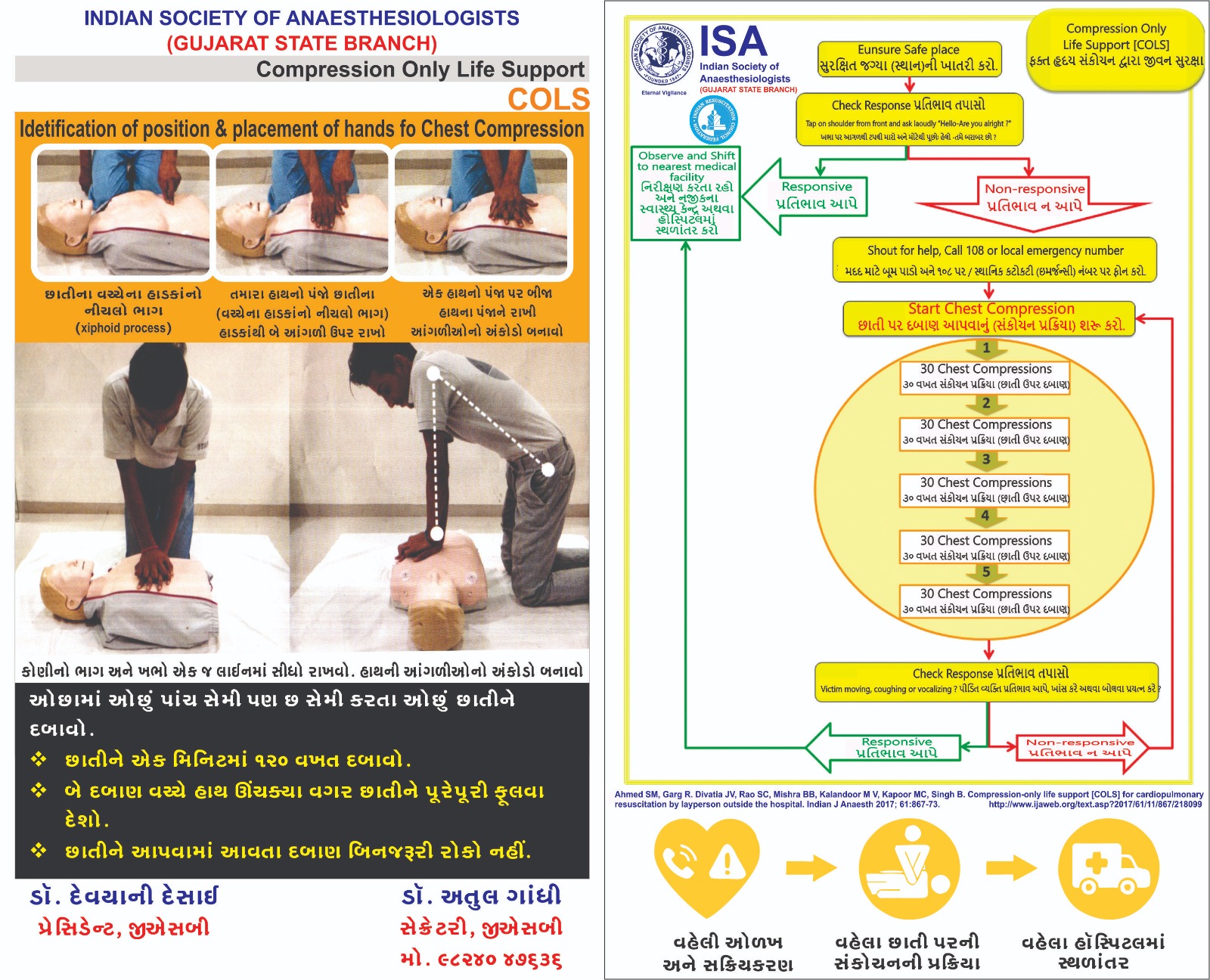
- Reduced mobility and independence
- Increased risk of falls, especially in older adults
- Social isolation due to fear of symptoms occurring in public
- Difficulty concentrating at work or school
- Anxiety and depression related to ongoing symptoms
Common Causes of Dizziness: From Inner Ear to Systemic Disorders
Dizziness can stem from various sources, affecting different body systems. While the inner ear is often implicated, disorders of the brain, eyes, and heart can also contribute to dizziness symptoms. Understanding these diverse causes is crucial for accurate diagnosis and effective treatment.
What are the most frequent causes of dizziness?
Some of the most common causes of dizziness include:
- Benign Paroxysmal Positional Vertigo (BPPV): A condition where small crystals in the inner ear become dislodged, causing brief episodes of vertigo with certain head movements.
- Meniere’s Disease: An inner ear disorder characterized by episodes of vertigo, fluctuating hearing loss, tinnitus, and a feeling of fullness in the ear.
- Vestibular Migraine: A type of migraine that primarily causes dizziness and balance problems, with or without headache.
- Vestibular Neuritis or Labyrinthitis: Inflammations of the inner ear or vestibular nerve, often caused by viral infections.
- Acoustic Neuroma: A benign tumor growing on the vestibular nerve that can affect balance and hearing.
- Persistent Postural-Perceptual Dizziness (PPPD): A chronic functional disorder characterized by persistent dizziness and unsteadiness.
- Superior Semicircular Canal Dehiscence Syndrome: A rare condition where a small hole develops in the bone overlying the superior semicircular canal of the inner ear.
- Concussion or Traumatic Brain Injury: Can lead to dizziness as part of post-concussion syndrome.
- Medication Side Effects: Various medications can cause dizziness as an adverse reaction.
The Balance Triad: Vision, Vestibular System, and Proprioception
Maintaining balance is a complex process that involves the integration of information from three primary systems in the body. Understanding this balance triad is essential for comprehending how dizziness can occur when one or more of these systems are disrupted.

How do the three balance systems work together?
The three systems that contribute to balance are:
- Vision: The eyes provide visual cues about the environment and body position.
- Vestibular System: Located in the inner ear, this system detects head movement and position.
- Proprioception: Sensory feedback from skin, joints, and muscles, particularly in the feet and legs, informs the brain about body position and movement.
These systems work in concert to maintain balance and spatial orientation. When functioning properly, they allow us to stand upright, walk, and perform complex movements without losing balance. Disruption in any of these systems can lead to dizziness or balance problems.
The Crucial Role of the Inner Ear in Balance
The inner ear’s vestibular system plays a pivotal role in maintaining balance and spatial orientation. This intricate system is essential for several key functions that keep us stable and oriented in our environment.
What are the primary functions of the vestibular system?
The vestibular system in the inner ear helps us:

- Maintain balance: It provides constant feedback about head position and movement to help keep the body balanced.
- Detect motion: It helps distinguish between self-motion and movement of objects in the environment.
- Stabilize vision: Through the vestibulo-ocular reflex, it keeps our eyes steady on objects even when our head is moving.
- Coordinate movements: It works with other systems to ensure smooth and coordinated body movements.
When the vestibular system is impaired, it can lead to various symptoms of dizziness, including vertigo, imbalance, and visual disturbances.
Comprehensive Evaluation: Balance Function Testing
Accurate diagnosis of dizziness often requires specialized testing to assess the function of the balance systems. Modern clinics utilize state-of-the-art equipment to provide comprehensive balance function testing, which can offer crucial insights for diagnosis and treatment planning.
What does balance function testing involve?
A typical balance function test, conducted by an audiologist, may include several components:

- Videonystagmography (VNG): This test uses special goggles to record eye movements during various tasks, including following a light and moving into different positions. It may also include caloric testing, where warm and cool water are placed in the ears to stimulate the vestibular system.
- Rotational Chair Testing: This involves sitting in a chair that rotates while wearing goggles to record eye movements, assessing vestibular function.
- Postural Control Testing: Patients stand on a platform that measures balance, wearing a safety harness. This test assesses how well the body maintains balance under different conditions.
- Video Head Impulse Test (vHIT): This test involves quick head movements while the patient focuses on a target, assessing the vestibulo-ocular reflex.
- Audiogram: A hearing test is often included as part of a balance evaluation due to the close relationship between hearing and balance functions.
These tests, which may take up to two hours to complete, provide valuable data to help clinicians reach an accurate diagnosis and develop an appropriate treatment plan.

Treatment Approaches for Dizziness: From Therapy to Surgery
The treatment of dizziness is as varied as its causes, ranging from non-invasive therapies to surgical interventions in select cases. The choice of treatment depends on the underlying cause of the dizziness, the severity of symptoms, and individual patient factors.
What are the primary treatment options for dizziness?
Treatment options for dizziness may include:
- Vestibular Rehabilitation Therapy: A specialized form of physical therapy designed to reduce dizziness and improve balance through targeted exercises.
- Dietary and Behavioral Modifications: Changes in diet, sleep patterns, and stress management techniques can help manage symptoms, particularly for conditions like Meniere’s disease or vestibular migraine.
- Medications: Various medications may be prescribed to manage symptoms or treat underlying conditions. These can include anti-vertigo drugs, anti-nausea medications, or preventive medications for conditions like migraines.
- Canalith Repositioning Procedures: For BPPV, specific head movements can be performed to relocate the displaced crystals in the inner ear.
- Intratympanic Injections: In some cases, medications may be injected directly into the middle ear to treat conditions like Meniere’s disease.
- Surgery: In rare cases, surgical intervention may be necessary, such as for acoustic neuromas or severe cases of Meniere’s disease that don’t respond to other treatments.
The effectiveness of these treatments can vary depending on the specific cause of dizziness and individual patient response. Often, a combination of approaches may be used to achieve the best outcomes.

Vestibular Rehabilitation: A Specialized Approach to Managing Dizziness
Vestibular rehabilitation is a key component in the management of many dizziness and balance disorders. This specialized form of physical therapy focuses on exercises and techniques designed to alleviate dizziness symptoms and improve overall balance and stability.
How does vestibular rehabilitation work?
Vestibular rehabilitation therapy (VRT) is based on the principle of neuroplasticity – the brain’s ability to adapt and reorganize itself. The therapy aims to:
- Retrain the brain to process balance information more effectively
- Improve gaze stability during head movements
- Enhance postural stability and reduce fall risk
- Decrease sensitivity to certain movements or visual stimuli that provoke dizziness
A typical vestibular rehabilitation program may include:
- Habituation Exercises: Repeated exposure to positions or movements that trigger dizziness to reduce the brain’s sensitivity to these stimuli.
- Gaze Stabilization Exercises: Techniques to improve visual focus during head movements.
- Balance Training: Exercises to improve static and dynamic balance.
- Canalith Repositioning Maneuvers: For patients with BPPV, specific head movements to relocate displaced inner ear crystals.
- Cardiovascular Conditioning: To improve overall fitness and reduce symptoms of dizziness associated with deconditioning.
Vestibular rehabilitation is typically conducted by physical therapists with specialized training in this area. The therapy is tailored to each patient’s specific needs and may be adjusted over time as symptoms improve.
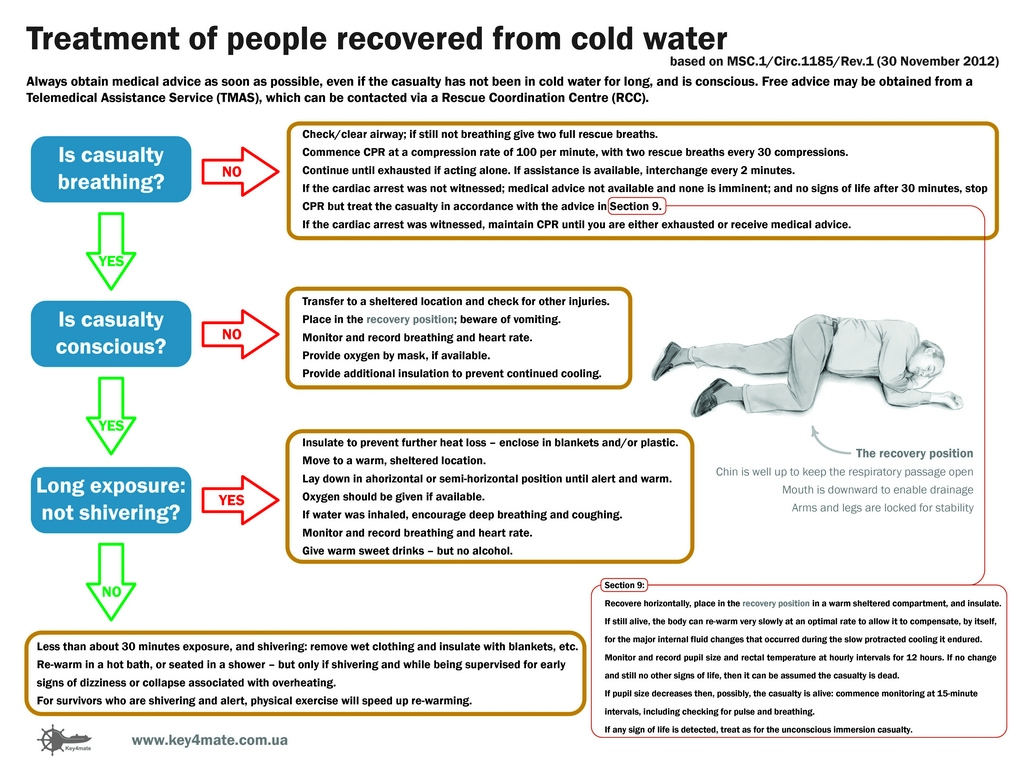
Navigating Life with Dizziness: Coping Strategies and Long-term Management
Living with dizziness can be challenging, but there are numerous strategies that can help individuals manage their symptoms and improve their quality of life. Long-term management often involves a combination of medical treatment, lifestyle adjustments, and ongoing self-care practices.
What strategies can help in managing chronic dizziness?
Effective strategies for managing chronic dizziness include:
- Adherence to Treatment Plans: Consistently following prescribed treatments, including medication regimens and rehabilitation exercises.
- Environmental Modifications: Making changes to home and work environments to reduce fall risks and minimize triggers for dizziness.
- Stress Management: Practicing relaxation techniques, mindfulness, or cognitive-behavioral therapy to manage stress, which can exacerbate dizziness symptoms.
- Regular Exercise: Engaging in appropriate physical activity to improve overall fitness and balance, under the guidance of healthcare professionals.
- Sleep Hygiene: Maintaining good sleep habits, as fatigue can worsen dizziness symptoms.
- Dietary Considerations: Avoiding triggers such as caffeine, alcohol, or specific foods that may worsen symptoms, particularly for conditions like Meniere’s disease or vestibular migraine.
- Assistive Devices: Using walking aids or balance assistance devices when necessary to prevent falls and increase confidence in mobility.
- Support Groups: Joining support groups or online communities to connect with others experiencing similar challenges and share coping strategies.
Long-term management of dizziness often requires ongoing communication with healthcare providers to adjust treatments as needed and address any new or changing symptoms. Patients are encouraged to keep a symptom diary to track patterns and potential triggers, which can be valuable information for their healthcare team.
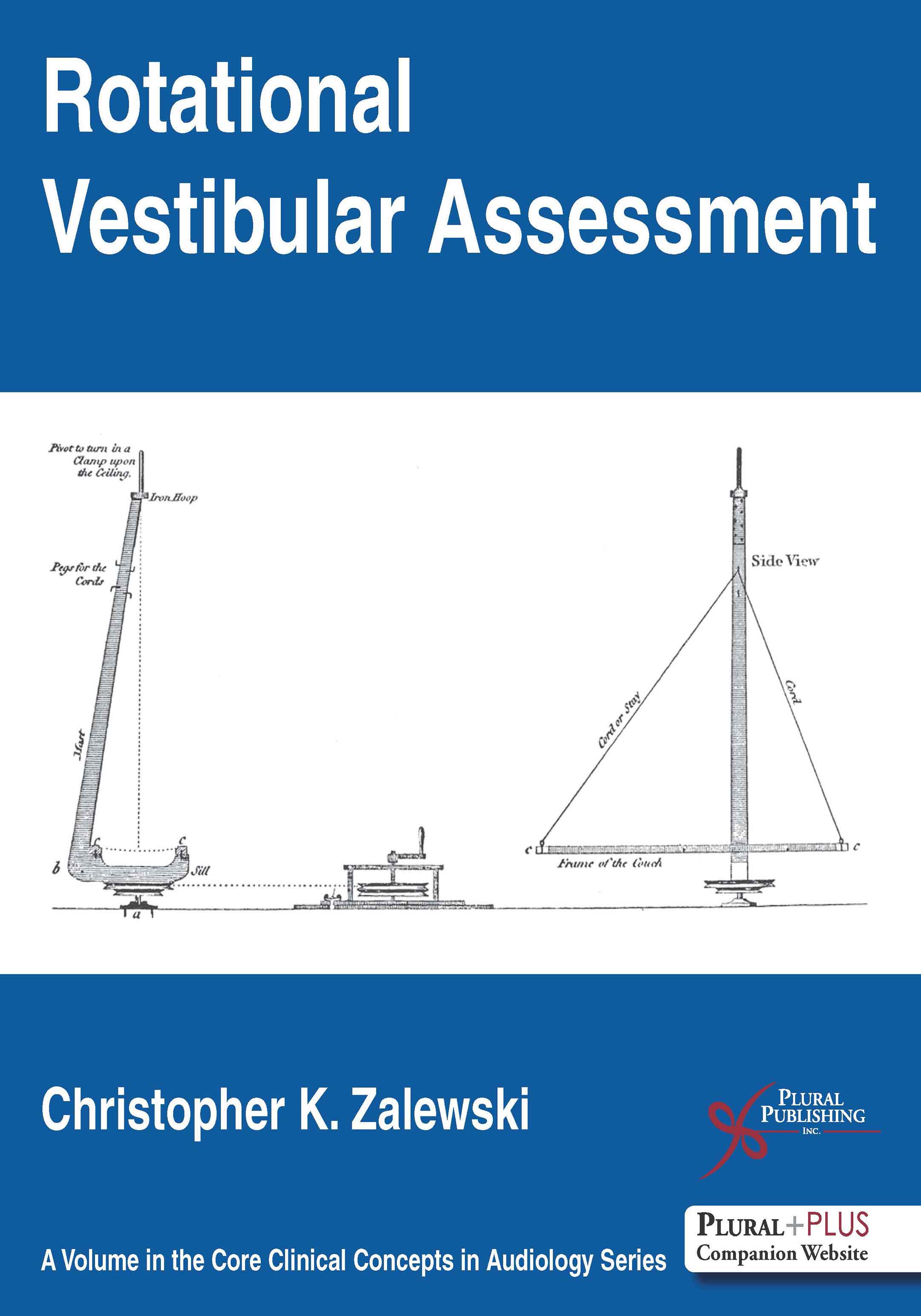
How can individuals build resilience while living with chronic dizziness?
Building resilience is crucial for individuals dealing with chronic dizziness. This can involve:
- Education: Learning about their condition and treatment options to feel more in control of their health.
- Setting Realistic Goals: Establishing achievable objectives for recovery and daily activities.
- Developing a Support Network: Cultivating relationships with family, friends, and healthcare providers who can offer emotional and practical support.
- Practicing Self-Compassion: Being kind to oneself and acknowledging the challenges of living with a chronic condition.
- Focusing on What’s Possible: Adapting activities and finding new ways to engage in meaningful pursuits, rather than dwelling on limitations.
- Celebrating Progress: Recognizing and appreciating improvements, no matter how small.
By implementing these strategies and working closely with their healthcare team, individuals with chronic dizziness can often achieve significant improvements in their symptoms and overall quality of life. It’s important to remember that management of dizziness is often an ongoing process, and patience and persistence are key to long-term success.

Michigan Balance: Vestibular Testing and Rehabilitation
At Michigan Balance, we provide comprehensive evaluation and management for patients with dizziness and balance disorders. We have a team of audiologists and physical therapists (PTs) with advanced training in vestibular testing and rehabilitation. Our audiologists and PTs work side-by-side to evaluate and provide up-to-date, evidence-based testing and treatment. We pride ourselves on excellent patient education so you can learn how to better manage your symptoms.
We work closely with our board-certified ENT physicians who have specialized training in evaluating patients with dizziness. Our team has more experience than anywhere in the state of Michigan and is a national leader in the diagnosis and treatment of dizziness and balance disorders.
What is dizziness?
Dizziness is one of the most common symptoms that leads people to seek medical attention. Dizziness can feel like different things to different people. Some people may experience vertigo (the sensation that you or your environment is spinning, tilting, or moving), lightheadedness, or imbalance. The degree to which dizziness impacts a person’s life can vary from one person to the next. Some patients find their dizziness to be a minor nuisance, while others are severely disabled by their symptoms and are unable to work, drive, or socialize outside of the home.
Some people may experience vertigo (the sensation that you or your environment is spinning, tilting, or moving), lightheadedness, or imbalance. The degree to which dizziness impacts a person’s life can vary from one person to the next. Some patients find their dizziness to be a minor nuisance, while others are severely disabled by their symptoms and are unable to work, drive, or socialize outside of the home.
What are common causes of dizziness?
There are many potential causes for dizziness, including disorders that affect the ear, brain, eyes, or heart. Causes of dizziness may include the following:
- Benign Paroxysmal Positional Vertigo (BPPV)
- Meniere’s Disease
- Vestibular Migraine
- Vestibular Neuritis
- Vestibular Labyrinthitis
- Acoustic Neuroma
- Persistent Postural-Perceptual Dizziness (PPPD)
- Superior Semicircular Canal Dehiscence Syndrome
- Concussion/Traumatic Brain Injury
- Medication side-effects
How do we normally maintain our balance?
Three different body systems help you keep your balance and stay upright:
- Vision: your eyes
- Vestibular: your inner ear
- Proprioception: the sensory feedback from your skin, your joints, and the muscles in your feet and legs
Why is the inner ear balance system so important?
The inner ear balance system, also called the vestibular system, helps us:
- Keep our balance
- Know if we are moving or if objects around us are moving
- Keep our eyes steady on an object while our head is moving
What can I expect from Balance Function Testing?
Our clinic has state-of-the art equipment that can provide important data to help reach the correct diagnosis and treatment. A balance function test is performed by an Audiologist and may last up to 2 hours. It includes different tests that will measure how well you are able to use the part of your inner ear that controls balance, your vision, and your legs and feet to maintain your balance. There are several parts of the test. Your audiologist and physician will determine which parts of the test are needed:
A balance function test is performed by an Audiologist and may last up to 2 hours. It includes different tests that will measure how well you are able to use the part of your inner ear that controls balance, your vision, and your legs and feet to maintain your balance. There are several parts of the test. Your audiologist and physician will determine which parts of the test are needed:
- Videonystagmography (VNG): During this test, you will wear goggles with special cameras inside them. The cameras record your eye movements during different tasks while you are in the dark. You will use your eyes to follow a light. You will move into different positions while sitting and lying on an exam table. We record your eyes after we put warm and cool water into each ear. This is not painful, but it might make you feel like you are moving. The feeling of motion usually comes and goes within a few minutes.
- Rotational chair testing: You will wear goggles while we record your eye movements.
 You sit in a dark room in a special chair. The chair turns from side to side during the test. We will talk with you during the test to let you know what to expect.
You sit in a dark room in a special chair. The chair turns from side to side during the test. We will talk with you during the test to let you know what to expect. - Postural control testing: You will stand on a platform that measures your balance. You will wear a harness to protect you from falling during this test. Motion sensors measure the sway of your body under different conditions while balancing with your eyes open and closed.
- Video Head Impulse Test (vHIT): You will be staring at a target while a clinician moves your head quickly in a small range of motion several times.
- Audiogram: You may also be scheduled for a hearing test. Because the same nerve controls both hearing and balance, your hearing is usually tested as part of a balance evaluation
What kinds of treatment are available for dizziness?
Treatment varies based on the cause of dizziness and can include vestibular rehabilitation therapy, dietary and behavioral modifications, medications (taken orally or injected directly into the ear), and– in select cases–surgery.
What is Vestibular Rehabilitation?
Vestibular Rehabilitation is a special kind of physical therapy that focuses on exercises to decrease dizziness and improve balance. Vestibular Physical Therapists have unique training in this area.
How does Vestibular Rehabilitation help to decrease my symptoms?
It is natural to avoid movement when you are dizzy. However, it is very important to move so your body can heal, and you can return to all of your usual daily activities. By doing specific exercises and increasing movement and activity, your brain will make up for or compensate for an inner ear problem. These exercises can also help with the communication between your eyes, inner ear, and sensory information from your feet.
What are the goals of Vestibular Rehabilitation?
- Decrease dizziness or vertigo
- Decrease visual symptoms like blurred or bouncing vision
- Improve balance and walking stability
- Improve fitness and endurance
- Learn how to manage your symptoms
- Prevent falls
- Improve your quality of life
- Help you safely return to your usual daily activities
What kinds of exercises will I be doing?
Your physical therapist will provide you with a home exercise program specific to your needs. Some of the different kinds of exercises include:
Some of the different kinds of exercises include:
- Coordinated eye and head movements aimed at decreasing dizziness
- Strengthening exercises
- Balance exercises
- Walking or aerobic exercise program
How often do I need to perform these exercises?
Research shows that doing the exercises 3 times each day results in the best outcome. The goal of each exercise is to stimulate your brain by making you feel a little dizzy, then giving your brain and body a chance to recover. These exercises train your brain to tolerate activities. Your therapist with give you written exercise handouts and tell you how often the exercises should be done.
How long do I need to do these exercises to notice improvements?
Some exercises may make your symptoms seem worse at first. This is normal and it is important to be patient and continue the exercises. Many patients do have significant improvement in their symptoms with the help of Vestibular PT.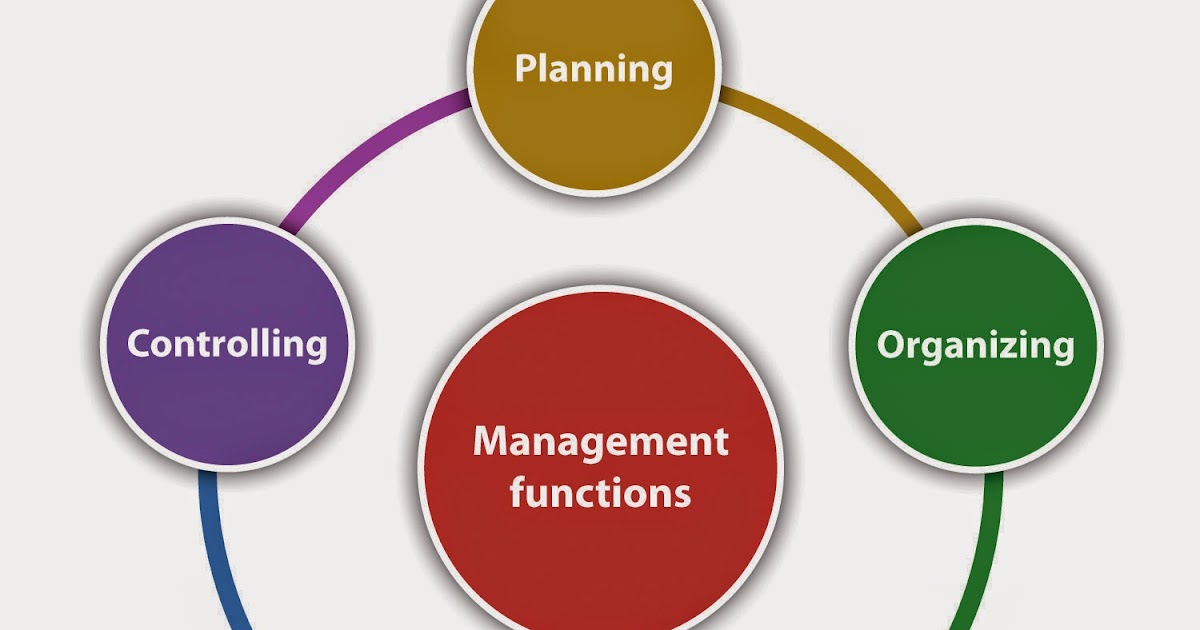 Often patients are able to return to their normal day-to-day activities. Your home exercise program is a key part of your recovery. It is very important that you give your exercise program your best effort.
Often patients are able to return to their normal day-to-day activities. Your home exercise program is a key part of your recovery. It is very important that you give your exercise program your best effort.
What else do I need to know about vestibular disorders?
- Your symptoms may be worse when you are tired or under stress. Getting good rest and managing stress and anxiety is important.
- Staying physically active is also important. Walking daily can be very helpful.
- Avoid taking anti-dizziness medications like meclizine (Antivert). These medications may help you control your symptoms for the first few days of a severe dizziness attack. However, taking these medications for more than a few days can lengthen your recovery because they delay the process of central compensation. This means your brain won’t compensate as quickly and your symptoms will last longer.
How do psychological conditions affect my symptoms?
Vestibular problems affect each person differently. The way you think, feel, and react can have either a positive or negative impact on your physical health and your ability to recover. Anxiety and depression may contribute to your dizziness and may result in slower progress with your vestibular rehabilitation program. Managing anxiety and depression are important to your recovery.
The way you think, feel, and react can have either a positive or negative impact on your physical health and your ability to recover. Anxiety and depression may contribute to your dizziness and may result in slower progress with your vestibular rehabilitation program. Managing anxiety and depression are important to your recovery.
How do I make an appointment?
Our specialized, dedicated team is happy to provide you with comprehensive evaluation and individualized treatment.
Schedule an appointment by calling us at 734-936-8051, then press option 2.
What’s Hot in PD? Tips for the Diagnosis and Treatment of Dizziness, Vertigo and Parkinson’s Disease
Though dizziness and vertigo have been commonly reported in the setting of Parkinson’s disease (PD), the diagnosis may be missed and treatment may not be optimal. The terms dizziness and vertigo can be defined in many ways. Most experts agree that the terms refer to a sensation of spinning or whirling and that the sensation has been frequently associated with balance problems. The Parkinson’s Foundation 1-800-4PD-INFO (473-4636) Helpline and PD Conversations have received many questions on the topic of dizziness, vertigo and Parkinson’s disease. In this month’s What’s Hot in PD? column, I will review the topic and summarize the most common management strategies.
The Parkinson’s Foundation 1-800-4PD-INFO (473-4636) Helpline and PD Conversations have received many questions on the topic of dizziness, vertigo and Parkinson’s disease. In this month’s What’s Hot in PD? column, I will review the topic and summarize the most common management strategies.
Van Wenson and colleagues recently analyzed a consecutive cohort of Parkinson’s disease patients. There were 305 patients and 49% complained of dizziness. Of these cases, 38% had orthostatic hypotension and 8% had benign paroxysmal positional vertigo. There were another 3% suffering from a less classical type of benign paroxysmal positional vertigo. The prevalence of benign paroxysmal positional vertigo in Parkinson’s patients was 5.3% and over 90% of cases improved with treatment (Van Wenson, 2013).
Common Causes and Tips to Cope with Dizziness and Vertigo in PD:
- Orthostatic hypotension: a change in blood pressure when changing position from sitting to standing or from lying to sitting or standing.
 This condition is treated with hydration (6-8 glasses of water a day), compression stockings, adding salt to the diet and possibly by medications such as Florinef, Midodrine, Droxidopa, or Mestinon. Orthostatic hypotension, which can also be associated with syncope or “passing out,” is the most commonly overlooked cause of dizziness in Parkinson’s disease patients.
This condition is treated with hydration (6-8 glasses of water a day), compression stockings, adding salt to the diet and possibly by medications such as Florinef, Midodrine, Droxidopa, or Mestinon. Orthostatic hypotension, which can also be associated with syncope or “passing out,” is the most commonly overlooked cause of dizziness in Parkinson’s disease patients. - Medication-induced dizziness or vertigo: the most common drugs associated with dizziness or vertigo in PD are dopamine agonists. Medication-induced dizziness is typically treated by weaning the dosage and by slowly discontinuing the offending drug(s). Common drugs associated with dizziness include anticonvulsants, antihypertensives, antibiotics, antidepressants, antipsychotics, pain medications and anti-inflammatory drugs.
- Deep Brain Stimulation (DBS): this surgical procedure can be associated with dizziness or vertigo. The issue usually emerges soon after surgical implantation.
 It is important to determine if the dizziness is present with the device activated or when the device is in the off position. The first step is to turn off the device and to observe and document if the sensation resolves. If the dizziness resolves, then check the location of the electrode in the brain and consider re-programming the device.
It is important to determine if the dizziness is present with the device activated or when the device is in the off position. The first step is to turn off the device and to observe and document if the sensation resolves. If the dizziness resolves, then check the location of the electrode in the brain and consider re-programming the device. - Benign Paroxysmal Positional Vertigo (BPPV) can be diagnosed using examination maneuvers such as the Dix-Hallpike maneuver. A common complaint of BPPV is dizziness when turning in bed or dizziness lasting only a few seconds. Referral to a physical therapist who is an expert in vestibular rehabilitation can be helpful. Alternatively, teaching the patient to use a maneuver such as the Semont maneuver can be a reasonable approach.
- Migraine headaches: dizziness or vertigo can sometimes be the effect of migraine headaches. In most cases, treatment of the headache can resolve the dizziness.
 Some experts refer to this entity as migraine-induced vertigo.
Some experts refer to this entity as migraine-induced vertigo. - Transient ischemic attack or stroke: sudden onset of dizziness, usually in the presence of other neurological signs, could possibly be a transient ischemic attack or stroke. If a stroke is suspected, you should seek medical attention immediately and undergo appropriate imaging and potentially stroke-related therapies.
Selected References:
Van Wensen E, van Leeuwen RB, van der Zaag-Loonen HJ, Masius-Olthof S, Bloem BR. Benign paroxysmal positional vertigo in Parkinson’s disease. Parkinsonism Relat Disord. 2013 Dec;19(12):1110-2. doi: 10.1016/j.parkreldis.2013.07.024. Epub 2013 Aug 13. PubMed PMID: 23948517.
- Zeigelboim BS, Klagenberg KF, Teive HA, Munhoz RP, Martins-Bassetto J. Vestibular rehabilitation: clinical benefits to patients with Parkinson’s disease. Arq Neuropsiquiatr. 2009 Jun;67(2A):219-23. PubMed PMID: 19547812.

You can find out more about our National Medical Director, Dr. Michael S. Okun, by also visiting the Center of Excellence, University of Florida Health Center for Movement Disorders and Neurorestoration. Dr. Okun is also the author of the Amazon #1 Parkinson’s Best Seller 10 Secrets to a Happier Life and 10 Breakthrough Therapies for Parkinson’s Disease.
Treatment of dizziness and loss of balance in Moscow: quick examination, low prices
Balance disorders and dizziness are among the most common causes that make older people seek help from doctors of various specialties.
A variety of not only neurological and somatic diseases, but also psychogenic disorders can lead to dizziness. The feeling of dizziness, unsteadiness, unsteadiness when walking are companions of more than a hundred different diseases. Despite the fact that in most cases the diseases accompanied by dizziness are relatively benign, this condition becomes an important cause of a sharp deterioration in the quality of life of the elderly.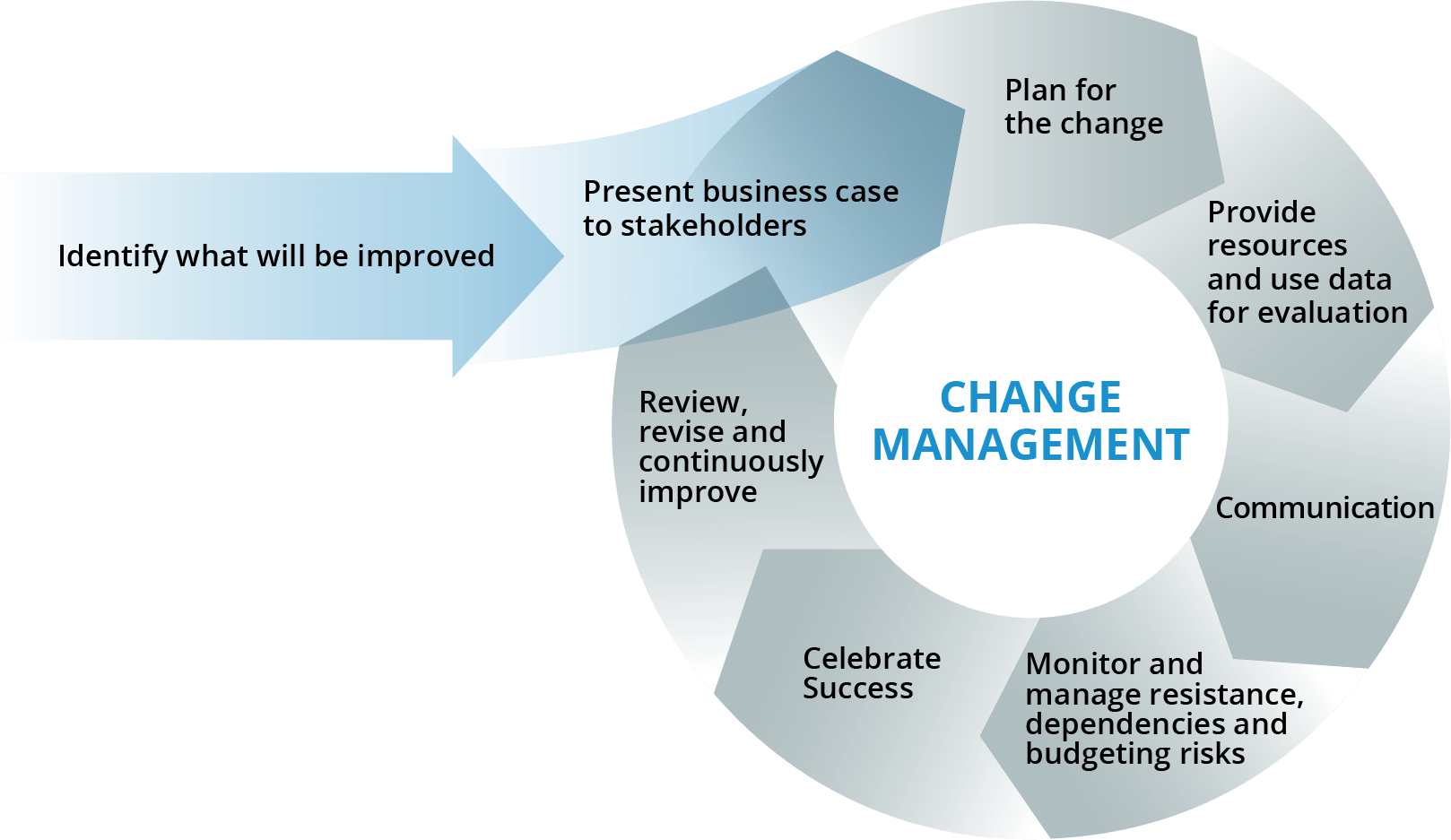
What is dizziness?
According to the way they manifest themselves, doctors divide all dizziness into “systemic” (accompanied by a sensation of rotation or movement in space when the person is actually motionless) and “non-systemic”. Each type of dizziness has its own causes, they are also treated in completely different ways, so there is no perfect “dizziness pill”.
With systemic dizziness, in which there is a feeling of an imaginary rotation of space around oneself or oneself in space, hearing disorders, nausea, vomiting, headaches and other complaints may additionally be noted.
With non-systemic dizziness, a person experiences a feeling of lightheadedness, a feeling of an approaching loss of consciousness, uncertainty, unsteadiness when walking, in some cases, heart palpitations, sweating, and pallor of the skin are possible.
A common cause of systemic vertigo in all age groups is most often benign paroxysmal positional vertigo, Meniere’s disease, vestibular neuronitis and vestibular migraine. Stroke as a cause of dizziness is detected only in a small percentage of cases.
Stroke as a cause of dizziness is detected only in a small percentage of cases.
The causes of non-systemic dizziness manifest differently at different ages: in young people, postural phobic instability becomes a common cause of such dizziness. In old age, vascular and neurodegenerative diseases of the brain, multisensory insufficiency, various somatic factors associated with diseases of the heart and blood vessels, thyroid gland, and other internal organs can lead to non-systemic dizziness.
What diseases cause dizziness?
Benign paroxysmal positional vertigo (BPPV) is characterized by short episodes of dizziness that occurs when changing body position and when turning the head. After 60 years, this disease occurs 7 times more often compared to young people.
The cause of dizziness in BPPV is the displacement of calcium carbonate crystals (otoliths) in the lumen of the inner ear (semicircular canals). These crystals are displaced by movements of the head, which is accompanied by dizziness, the attack of which lasts from 5 to 60 seconds, can be very strong, accompanied by severe unsteadiness, nausea and vomiting.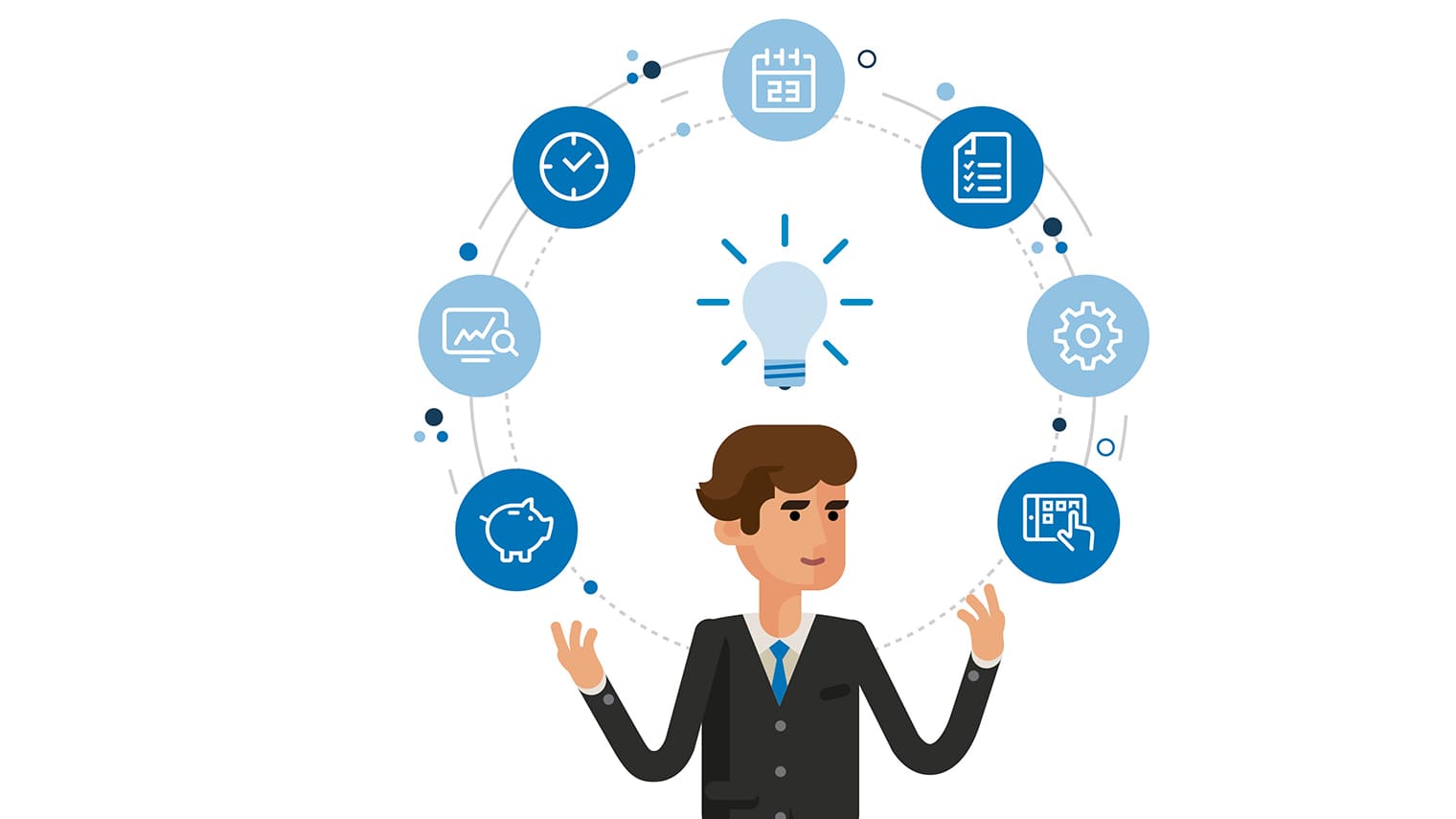 Feeling lightheaded and slightly unsteady may persist between attacks. To diagnose BPPV, special provocative positional tests are used: the doctor gives certain positions to the patient’s head in such a way as to provoke an attack of dizziness and monitors involuntary eye movements that occur at the time of the attack. These eye movements are called nystagmus. By the nature of nystagmus, it is possible to confirm BPPV and to establish in which part of the inner ear the crystals are, which is important for further treatment.
Feeling lightheaded and slightly unsteady may persist between attacks. To diagnose BPPV, special provocative positional tests are used: the doctor gives certain positions to the patient’s head in such a way as to provoke an attack of dizziness and monitors involuntary eye movements that occur at the time of the attack. These eye movements are called nystagmus. By the nature of nystagmus, it is possible to confirm BPPV and to establish in which part of the inner ear the crystals are, which is important for further treatment.
For the treatment of vertigo associated with BPPV, special repositioning maneuvers (eg, the Epley, Simon, or Brandt-Daroff exercises) are performed, which in most patients bring rapid relief from the painful condition. Drug therapy for BPPV is ineffective.
Meniere’s disease is a disease of the inner ear that is manifested by periodic attacks of systemic vertigo, each of which lasts from 20 minutes to 12 hours. Dizziness is accompanied by a sensation of noise, discomfort in the ear and hearing loss. The disease usually begins in middle age, and men and women are equally affected. As the attacks recur, permanent hearing loss (sensory hearing loss) may develop, but episodes of vertigo may gradually become less frequent or disappear altogether.
The disease usually begins in middle age, and men and women are equally affected. As the attacks recur, permanent hearing loss (sensory hearing loss) may develop, but episodes of vertigo may gradually become less frequent or disappear altogether.
The diagnosis of Meniere’s disease is based on the characteristic clinical manifestations and data from instrumental research methods.
The treatment of dizziness in Meniere’s disease is to take medications that affect the condition of the inner ear. An important component of treatment is vestibular rehabilitation. Exercises for vestibular rehabilitation are selected individually. A prerequisite for the prevention of relapse is the observance of a salt-free diet. With the ineffectiveness of conservative treatment and frequent bouts of dizziness, surgical intervention may be required.
Vestibular neuronitis is an acute disease of the peripheral vestibular system, which is characterized by the development of an intense attack of rotational dizziness, lasting from several hours to several days. Simultaneously with dizziness, the patient develops nausea, vomiting and incoordination at rest and when walking with a tendency to fall. Most often, this disease develops in people aged 30 to 60 years, gender differences have not been identified. The disease usually occurs suddenly, but sometimes the cause is a viral infection. After the cessation of the attack, instability remains, which is accompanied by dizziness of a non-systemic type and, gradually decreasing, can persist for up to several weeks or months. A distinctive feature of vestibular neuronitis is intact hearing. In those cases when, along with an attack of dizziness, hearing decreases, they speak of labyrinthitis – in such a situation, the patient is shown mandatory hospitalization in the ENT hospital for conservative treatment, in case of failure of medical treatment within 24 hours, a sanitizing operation on the ear is indicated.
Simultaneously with dizziness, the patient develops nausea, vomiting and incoordination at rest and when walking with a tendency to fall. Most often, this disease develops in people aged 30 to 60 years, gender differences have not been identified. The disease usually occurs suddenly, but sometimes the cause is a viral infection. After the cessation of the attack, instability remains, which is accompanied by dizziness of a non-systemic type and, gradually decreasing, can persist for up to several weeks or months. A distinctive feature of vestibular neuronitis is intact hearing. In those cases when, along with an attack of dizziness, hearing decreases, they speak of labyrinthitis – in such a situation, the patient is shown mandatory hospitalization in the ENT hospital for conservative treatment, in case of failure of medical treatment within 24 hours, a sanitizing operation on the ear is indicated.
In the diagnosis of vestibular neuronitis and in differential diagnosis with other diseases, careful history taking, clinical and instrumental examination, and special vestibular tests play a role.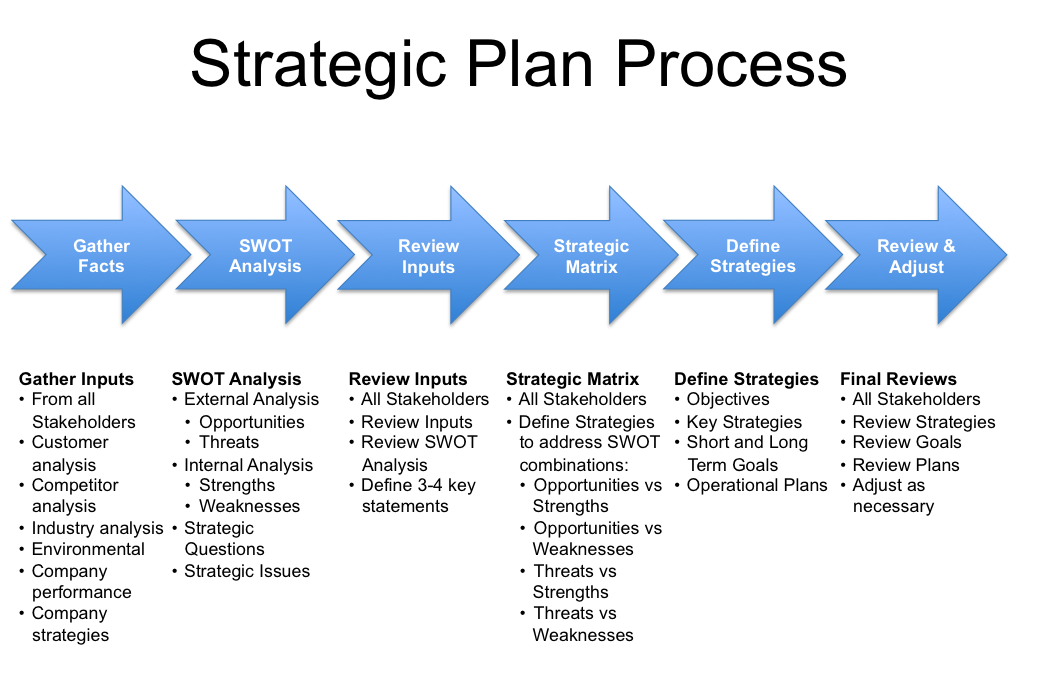 Treatment of vestibular neuronitis consists of symptomatic and pathogenetic therapy and vestibular rehabilitation, selected individually.
Treatment of vestibular neuronitis consists of symptomatic and pathogenetic therapy and vestibular rehabilitation, selected individually.
Vertigo in vestibular neuronitis is so severe that it is often mistaken for a stroke. The development of acute cerebrovascular accident (stroke) is usually indicated by the development of other neurological symptoms simultaneously with dizziness: speech disorders, numbness and weakness in the arm or leg, unusual headache, visual disturbances, facial asymmetry. But in rare cases, dizziness is the only manifestation of a stroke. This is possible with damage to the cerebellum or some parts of the brain stem. In this case, the timely diagnosis of a stroke is vital, therefore, with the first attack of dizziness, you should immediately seek medical help.
Chronic cerebrovascular accident (chronic cerebral ischemia or dyscirculatory encephalopathy) can also cause patients to complain of recurring dizziness and impaired stability. A distinctive feature of dizziness in chronic cerebrovascular insufficiency is its occurrence while standing and walking and disappearing in a sitting or lying position. Such dizziness is not accompanied by nausea and vomiting, a sensation of rotation of objects, nystagmus and other symptoms characteristic of lesions of the vestibular system.
Such dizziness is not accompanied by nausea and vomiting, a sensation of rotation of objects, nystagmus and other symptoms characteristic of lesions of the vestibular system.
Often, circulatory disorders in the brain are accompanied by various neurodegenerative diseases, dysmetabolic disorders, intoxication associated with bad habits or long-term drug therapy, concomitant damage to peripheral nerves, and mood disorders.
In the elderly, the most important cause of dizziness may be orthostatic hypotension, which may be the result of improperly selected antihypertensive therapy or autonomic peripheral insufficiency in Parkinson’s disease, neurodegenerative diseases, polyneuropathy, multisystem atrophy, and other diseases. In addition, with frequent dizziness of a non-systemic nature, especially in the elderly, heart pathology should be suspected, which requires a thorough cardiological additional examination in order to exclude arrhythmia, heart failure, heart valve failure. The use of certain medications, such as antihypertensives, anticonvulsants and hypnotics, benzodiazepines, can also lead to the development of dizziness.
The use of certain medications, such as antihypertensives, anticonvulsants and hypnotics, benzodiazepines, can also lead to the development of dizziness.
Vestibular migraine is a disease in which the patient is disturbed by headaches and bouts of systemic dizziness, which can be related in time to each other, but can also occur independently of each other. An attack of dizziness with vestibular migraine lasts from 5 minutes to 72 hours, of moderate or severe intensity, at least 50% of attacks are accompanied by headache, nausea and vomiting, intolerance to light and loud sounds, visual aura may be noted. Hearing impairment is not typical, but in some cases, dizziness may be accompanied by tinnitus. This dizziness usually develops in people who have had a migraine before, the diagnosis of concomitant migraine headache facilitates the diagnosis.
However, the diagnosis of vestibular migraine is established on the basis of clinical features after exclusion of diseases with similar symptoms.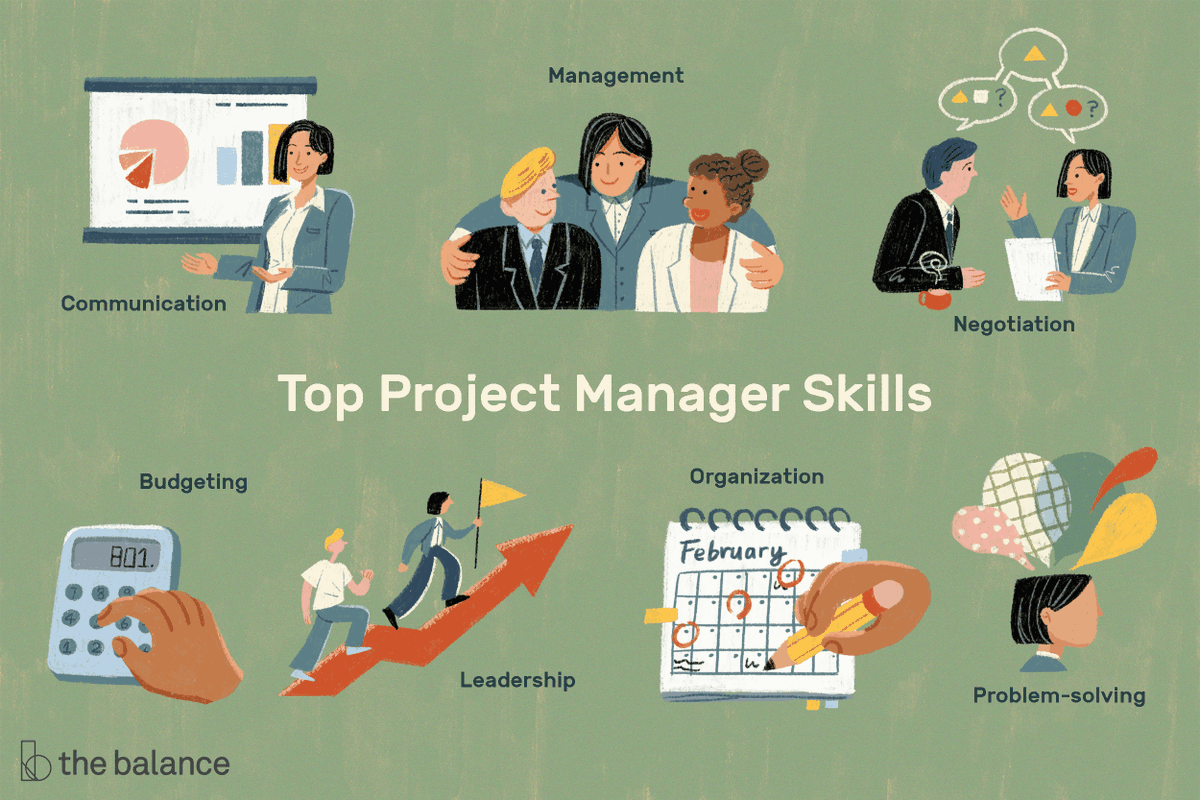 Sometimes, to exclude other diseases, it is necessary to perform instrumental examinations (MRI of the brain, electroencephalography, CT scan of the temporal bones, etc.)
Sometimes, to exclude other diseases, it is necessary to perform instrumental examinations (MRI of the brain, electroencephalography, CT scan of the temporal bones, etc.)
Perilymphatic fistula and dehiscence syndrome of the superior semicircular canal is a defect in which there is a violation of tightness or thinning of the walls of the labyrinth of the inner ear. A characteristic feature is attacks of dizziness in response to coughing, sneezing, straining during physical exertion or loud sounds, tinnitus, hearing loss or distortion (up to deafness) in a sore ear, odorless discharge from the ear is possible.
The diagnosis is based on the results of otoscopic examination, vestibular tests, tone threshold audiometry and computed tomography of the temporal bone. In some cases, treatment involves the surgical restoration of the integrity of the bone wall of the inner ear with the ineffectiveness of conservative treatment of vertigo.
Bilateral peripheral vestibulopathy is one of the common causes of dizziness and imbalance when walking in elderly patients. This is a chronic disease in which both labyrinths of the inner ear or both vestibular nerves (on the left and right sides) are damaged. Patients complain of unsteadiness when standing and walking (which they refer to as dizziness), oscillopsia (a sensation of objects swaying or shifting when moving the head), blurred vision that occurs when moving or when moving the head or body quickly, and / or increased unsteadiness in the dark and / or on an uneven surface, but while sitting and lying at rest, there are no symptoms. Bilateral vestibulopathy is a common cause of unsteadiness and falls in the elderly. The causes of bilateral vestibulopathy can be toxic factors (as an option, taking certain drugs, such as aminoglycosides), age-related changes, autoimmune diseases, the bilateral form of Meniere’s disease, etc. Diagnosis is based on a characteristic clinical picture, the results of a vestibular examination and instrumental tests. The most informative clinical tests are the Halmagi test, the video impulse test and the study of dynamic visual acuity.
This is a chronic disease in which both labyrinths of the inner ear or both vestibular nerves (on the left and right sides) are damaged. Patients complain of unsteadiness when standing and walking (which they refer to as dizziness), oscillopsia (a sensation of objects swaying or shifting when moving the head), blurred vision that occurs when moving or when moving the head or body quickly, and / or increased unsteadiness in the dark and / or on an uneven surface, but while sitting and lying at rest, there are no symptoms. Bilateral vestibulopathy is a common cause of unsteadiness and falls in the elderly. The causes of bilateral vestibulopathy can be toxic factors (as an option, taking certain drugs, such as aminoglycosides), age-related changes, autoimmune diseases, the bilateral form of Meniere’s disease, etc. Diagnosis is based on a characteristic clinical picture, the results of a vestibular examination and instrumental tests. The most informative clinical tests are the Halmagi test, the video impulse test and the study of dynamic visual acuity. The treatment consists of vestibular rehabilitation, the purpose of which is to reduce the risk of falls and increase the daily activities of patients, reducing instability.
The treatment consists of vestibular rehabilitation, the purpose of which is to reduce the risk of falls and increase the daily activities of patients, reducing instability.
Anxiety is one of the common causes of dizziness in both young and old people. At the same time, patients describe dizziness as a feeling of “rotation inside the head”, unsteadiness without any objective signs of balance disorder, lightheadedness, impending loss of consciousness. With this type of dizziness, it is not possible to identify structural damage to the vestibular system. The diagnosis is established on the basis of the clinical picture. To exclude various diseases, instrumental and laboratory diagnostics are mandatory. Treatment of vertigo in anxiety disorders consists of vestibular rehabilitation, drug therapy and psychotherapy.
Modern methods of diagnosis and treatment of dizziness
With timely detection and careful observance of the doctor’s recommendations, many diseases in old age are successfully treated. The main thing is not to waste time and seek help when the first alarming symptoms appear.
The main thing is not to waste time and seek help when the first alarming symptoms appear.
To save a person from the unpleasant sensations of dizziness, it is necessary to identify and eliminate the pathology that caused them. Doctors of the Russian Gerontological Research and Clinical Center at the reception carefully listen to all complaints of patients, conduct a full clinical examination and prescribe the most effective diagnostic methods: ultrasound, CT, MRI, ECG, EEG, laboratory tests, vestibular tests, videonystagmography, stabilometry. The volume of additional examination is determined by the alleged diagnosis, established by the doctor during the examination. The doctors at the Clinic for Dizziness and Balance Disorders work in close cooperation with the Department of Outpatient Geriatrics and Geriatric Rehabilitation.
In some cases (with traumatic brain injury, with suspected stroke), patients require urgent hospitalization. Urgent care is needed if dizziness is accompanied by the following symptoms:
- numbness or weakness in the limbs;
- smoothness of the nasolabial fold;
- visual or speech disorders;
- loss of consciousness.

However, in most cases, examination and treatment can be carried out on an outpatient basis.
How to make an appointment and examination in Moscow?
In the Clinic for Dizziness and Balance Disorders of the Russian Gerontological Research and Clinical Center, experienced neurologists provide assistance to all adult patients. An individual treatment course is selected for each patient. It may include both drug and non-drug treatment, including rehabilitation programs, vestibular and respiratory gymnastics, and physiotherapy.
You can make an appointment with the specialists of the Clinic for Dizziness and Balance Disorders through the form in your personal account or by phone +7 (499) 187-29-96.
Treatment of dizziness in Moscow
Make an appointment
Reviews about the clinic
Tatyana Moscow, 51
I am undergoing treatment with Ivan Ivanovich Payukov. Before treatment by this doctor, I’m not afraid to say, FROM GOD, I couldn’t stand and sit normally, my back hurt. I’m flying now! Ivan Ivanovich has a lot of patented techniques that he himself …
I’m flying now! Ivan Ivanovich has a lot of patented techniques that he himself …
KristinaMoscow 26
I want to leave a positive review about the wonderful doctor and professional Ivan Ivanych Payukov.
After giving birth and feeding, I had a pinched cervical vertebrae, and this caused severe headaches. In just a few sessions…
All reviews / Leave a review
If you often feel dizzy, see your doctor. This symptom can warn of serious ailments, sometimes deadly. In the medical center “SANMEDEKSPERT” for the successful treatment of dizziness, a comprehensive examination of the patient is carried out. After all, the main thing is not to stop the symptoms, but to establish the cause of the disease.
Causes of dizziness
Patients use this word to describe various conditions:
- Temporary loss of orientation. The feeling that the earth is swaying, the surrounding space is rotating, objects vibrate finely. Often accompanied by nausea, sweating, hearing loss.
 Such symptoms are the result of lesions of the vestibular apparatus, ENT diseases.
Such symptoms are the result of lesions of the vestibular apparatus, ENT diseases. - Cervicogenic dizziness. The attack is accompanied by pain in the neck, neck, shoulders. The patient has difficulty turning his head. The symptom occurs when the cervical spine is affected.
- Pre-syncope. The patient feels “emptiness and lightness”, it gets dark in the eyes. The attack may be accompanied by palpitations, the skin turns pale, sweat appears. This is a common symptom of diseases of the cardiovascular system, hyper- and hypotension.
- Balance imbalance. The patient cannot stand – the legs give way, the gait becomes “drunk”. Patients complain of sudden weakness, numbness of the limbs. If you sit or lie down, the symptoms disappear. Such symptoms can occur with neuralgia of various etiologies, osteochondrosis, injuries of the spinal column.
- Vague sensations: fog, heaviness, dizziness, disorientation, similar to intoxication. Usually, patients with depression, anxiety disorders complain of symptoms.
 But sometimes “blurred” sensations are atypical manifestations of organic diseases.
But sometimes “blurred” sensations are atypical manifestations of organic diseases.
Head spinning after a skull injury, with diseases of internal organs, hormonal failures, anemia, endocrine system lesions, benign and malignant tumors. Any of these ailments weakens the body, impairs blood circulation. The brain receives insufficient nutrition and begins to “fail”.
Treatment of dizziness in the elderly and not only
If you experience unpleasant symptoms occasionally, there is no reason to worry. But with regular, once every few days, attacks, see a doctor. Be sure to consult a specialist if disorientation persists for more than 10-20 minutes. Treatment of vertigo in the elderly and young patients is impossible without diagnosis. The doctor will ask you about your symptoms, measure your blood pressure, and order laboratory tests. Perhaps disorientation is a consequence of an infectious disease, vitamin deficiency or helminthiasis. To clarify the diagnosis use:
- Ultrasound;
- MRI;
- CT;
- x-ray;
- ECG.

After identifying the cause of the disease, the doctor will refer you to a specialized specialist: ENT specialist, cardiologist, neurologist, vertebrologist, psychotherapist, endocrinologist, traumatologist. Therapy is selected individually, in accordance with the diagnosis.
If you do not know where to treat dizziness in Moscow, choose reputable clinics with a good reputation. An inexperienced doctor will prescribe symptomatic treatment, but will not reveal the true cause of the disease. And the disease will progress. The medical center “SANMEDEKSPERT” is located near the metro station “Baumanskaya”, in the Central Administrative District of Moscow.
FAQ
Is the vestibular apparatus related to dizziness? Will balance training help me?
Answer: Yes. Lesions of the vestibular apparatus are accompanied by disorientation. In some cases, training helps, but not always. It all depends on what kind of disease you suffer from.

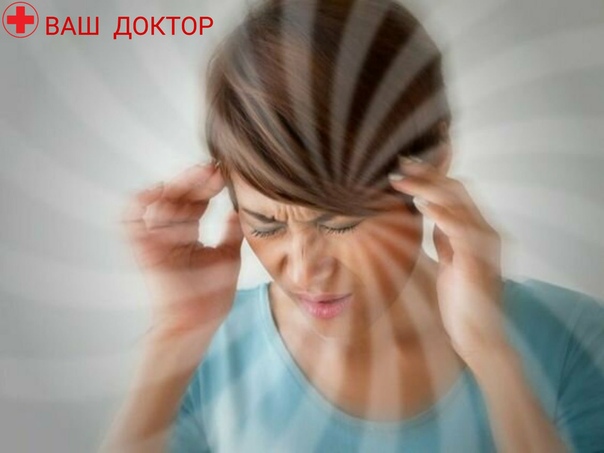 You sit in a dark room in a special chair. The chair turns from side to side during the test. We will talk with you during the test to let you know what to expect.
You sit in a dark room in a special chair. The chair turns from side to side during the test. We will talk with you during the test to let you know what to expect.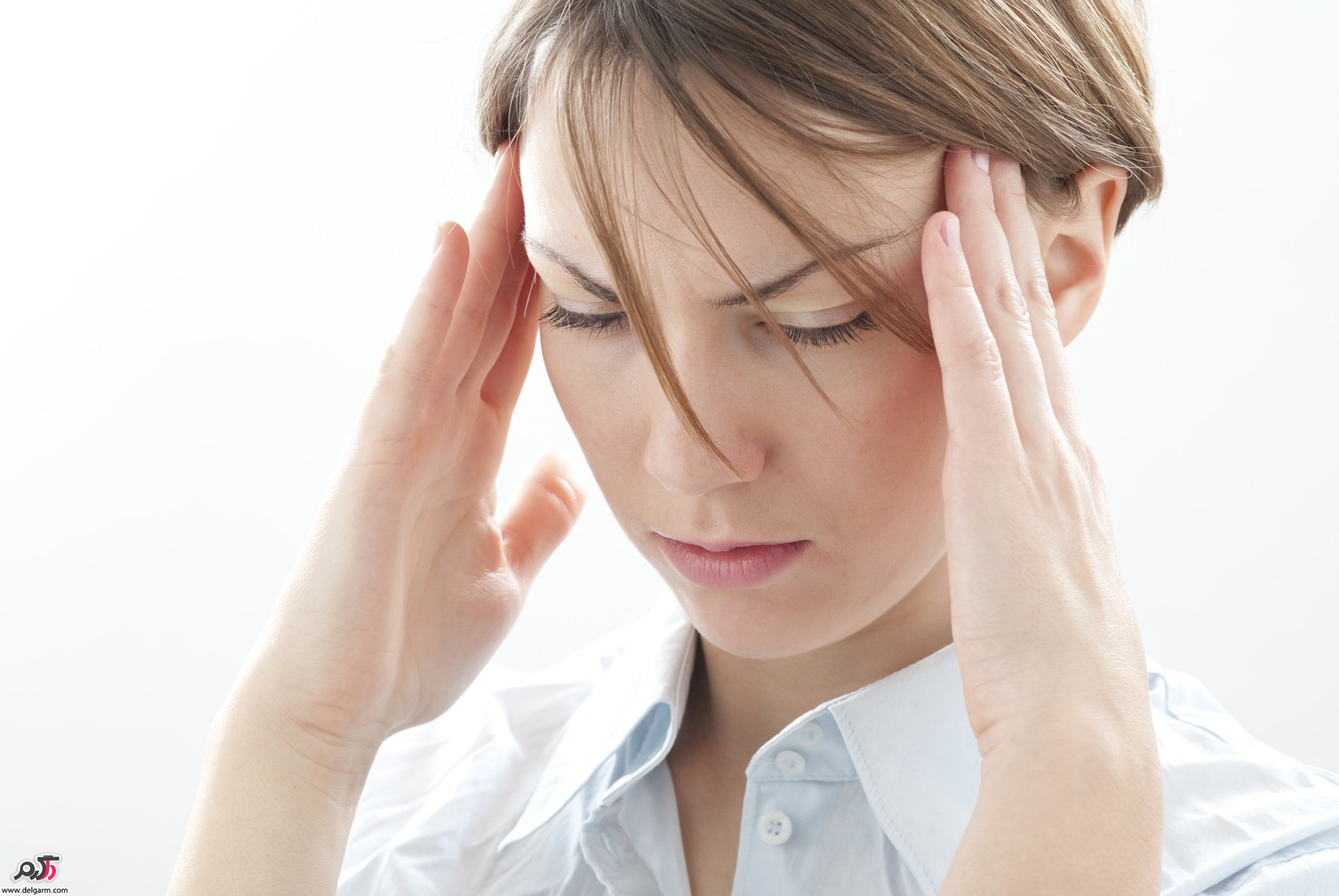 This condition is treated with hydration (6-8 glasses of water a day), compression stockings, adding salt to the diet and possibly by medications such as Florinef, Midodrine, Droxidopa, or Mestinon. Orthostatic hypotension, which can also be associated with syncope or “passing out,” is the most commonly overlooked cause of dizziness in Parkinson’s disease patients.
This condition is treated with hydration (6-8 glasses of water a day), compression stockings, adding salt to the diet and possibly by medications such as Florinef, Midodrine, Droxidopa, or Mestinon. Orthostatic hypotension, which can also be associated with syncope or “passing out,” is the most commonly overlooked cause of dizziness in Parkinson’s disease patients. It is important to determine if the dizziness is present with the device activated or when the device is in the off position. The first step is to turn off the device and to observe and document if the sensation resolves. If the dizziness resolves, then check the location of the electrode in the brain and consider re-programming the device.
It is important to determine if the dizziness is present with the device activated or when the device is in the off position. The first step is to turn off the device and to observe and document if the sensation resolves. If the dizziness resolves, then check the location of the electrode in the brain and consider re-programming the device. Some experts refer to this entity as migraine-induced vertigo.
Some experts refer to this entity as migraine-induced vertigo.

 Such symptoms are the result of lesions of the vestibular apparatus, ENT diseases.
Such symptoms are the result of lesions of the vestibular apparatus, ENT diseases. But sometimes “blurred” sensations are atypical manifestations of organic diseases.
But sometimes “blurred” sensations are atypical manifestations of organic diseases.